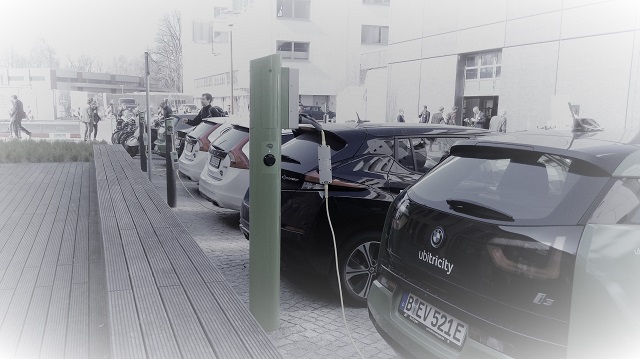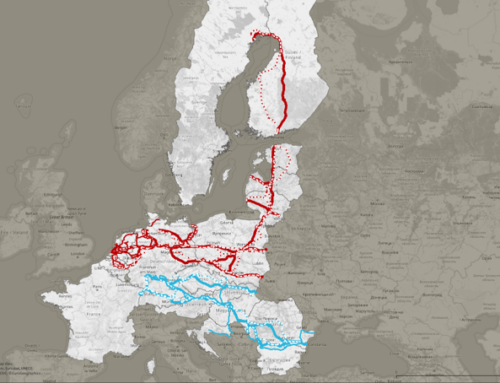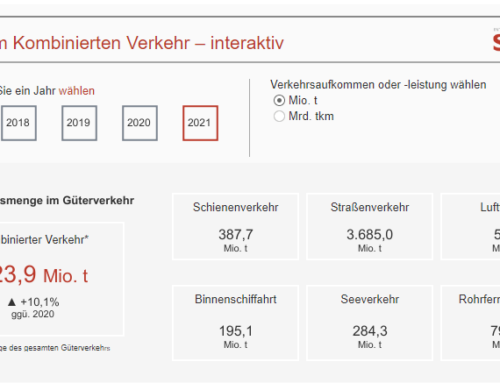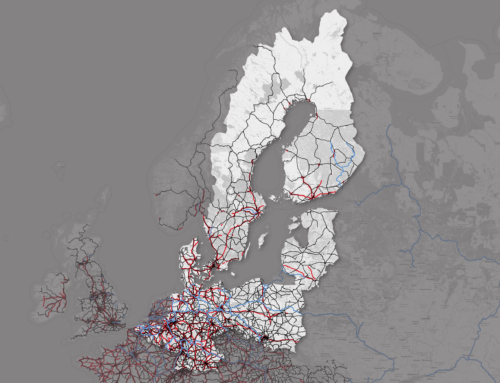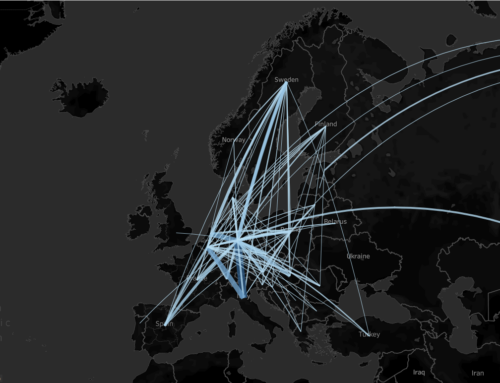Project description
we are still a long way off the originally announced 1 million electric vehicles in germany in 2020. nevertheless, registration numbers are rising, especially in the big cities. people seem to be increasingly willing to seriously consider buying electric cars. this is also one reason why the OECD is forecasting rapid growth in purely electric and plug-in hybrid cars over the next 20 years.
To make the purchase and use of electric vehicles attractive, charging infrastructure - charging points for BEV and PHEV - In 2018, Berlin will offer over 500 charging locations for cars, electric scooters and bicycles.
within the scope of the project, i analyse data provided by the client of the charging infrastructure operators and energy providers with regard to the intensity of use of individual charging sites. the focus is on investigations of how often, at what times, for how long and what amounts of electricity (kWh) were tanked/charged. in doing so, i compare the use before and after a tariff change in July 2017. for the analysis, i use dynamic pivot tables with time axes and data sections, generate infographics and create meaningful maps with QGIS.


